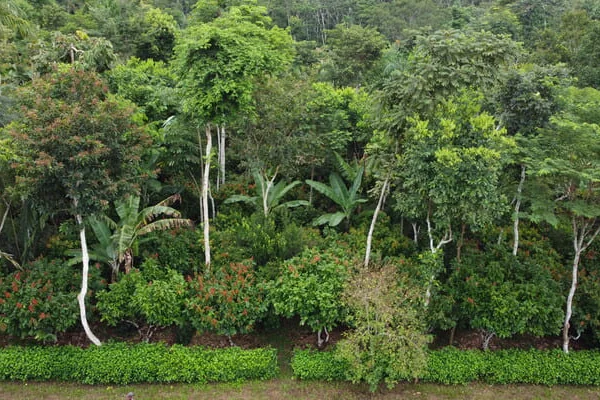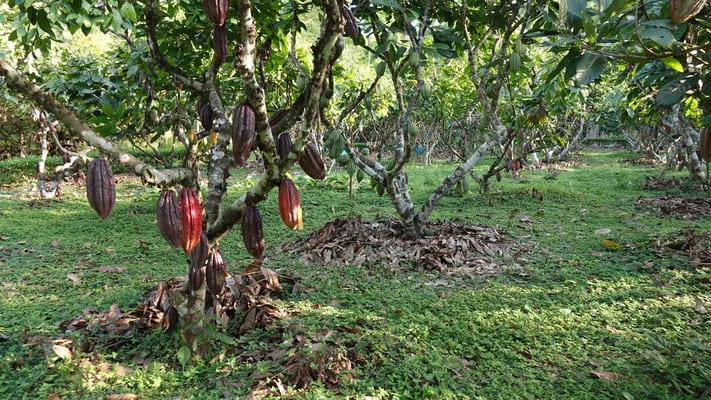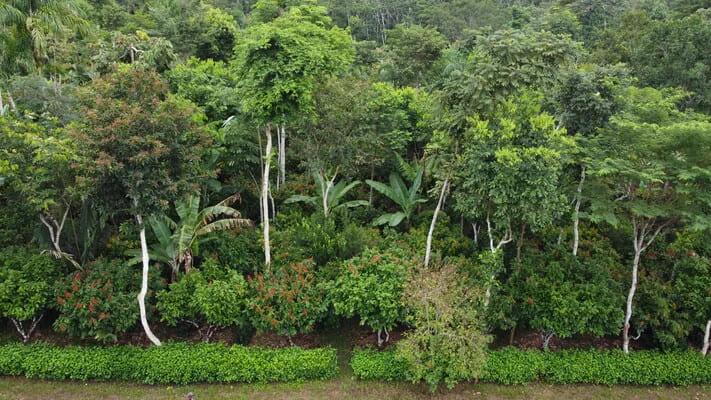SDGs in our exhibition
Sustainability is a huge topic and often feels abstract. Many people understand that global problems such as hunger exist, but there is a lack of concrete recommendations for action.

A general change in values has been sweeping through society for some years now. You may also notice this in your own life. More and more, values other than price are playing a decisive role in purchasing decisions. Issues such as sustainability are becoming increasingly important for consumers like you and me. We at the Chocolate Museum also attach great importance to sustainability. The fair cultivation of cocoa takes up a large part of our exhibition "Cocoa's journey around the world".


The debate about sustainable agriculture has been raging for many years. How do you grow crops, do you use pesticides or fertilizers, how high are the yields and what remains of nature in the end? These questions do not only arise in the cultivation of soy or cereals, for example. In the cocoa sector, too, the best solutions are being debated more fiercely than ever. We present two options for growing cocoa: Agroforestry system vs. monoculture. And we show you the advantages and disadvantages of each type of cultivation.
Almost everyone is familiar with monoculture. Only one type of plant is cultivated on one area for many years. The products are usually grown on large plantations. The image of never-ending rows of trees or plants standing close together immediately springs to mind.
Agroforestry systems are, so to speak, the opposite of a monoculture and a type of mixed cultivation. In an agroforestry system, various food crops and forestry products are grown together and sometimes combined with animal husbandry. This creates a near-natural and biodiverse cultivation system. An intermediate solution is mixed cultivation, in which cocoa trees are grown alongside shade plants such as bananas.
Here you can see a monoculture in direct comparison to an agroforestry system:
The advantage of a monoculture: you get a high yield in a short time and for several years. However, there are also pitfalls: the nutrients in the soil leach out and the cocoa trees are susceptible to diseases because they are close together. This results in a high use of fertilizers and pesticides, which often contain substances that are harmful to health and the environment. The problem here is that not only the pathogens are combated, but also animals and plants that do not endanger the cocoa tree. In a monoculture, the ecosystem is destroyed after a few years. After 25 years at the latest, the plantation can no longer be cultivated - the farmers move on, clear existing rainforest and establish new plantations.
With an agroforestry system, it takes a little longer until large quantities of cocoa are ready for harvesting. On the other hand, several foods can be grown, harvested and sold all year round (known as diversification). This is a major advantage for cocoa farmers when they grow in an agroforestry system: financial security through diversification. The ecosystem also benefits: Animals continue to have a home where they can live protected and find food. Pests of the cocoa tree are kept in check by natural predators such as birds. This means that pesticides and fertilizers can be dispensed with. The longevity of the agroforestry system speaks for itself: even after 25 years, the plantation is intact and can be planted and harvested.
And how do I know which type of cultivation was used for my chocolate? Unfortunately, this is often not communicated. However, many chocolate companies are increasingly relying on environmentally friendly forms of cultivation and are reporting on this. It's up to you to find out about your favorite chocolate!